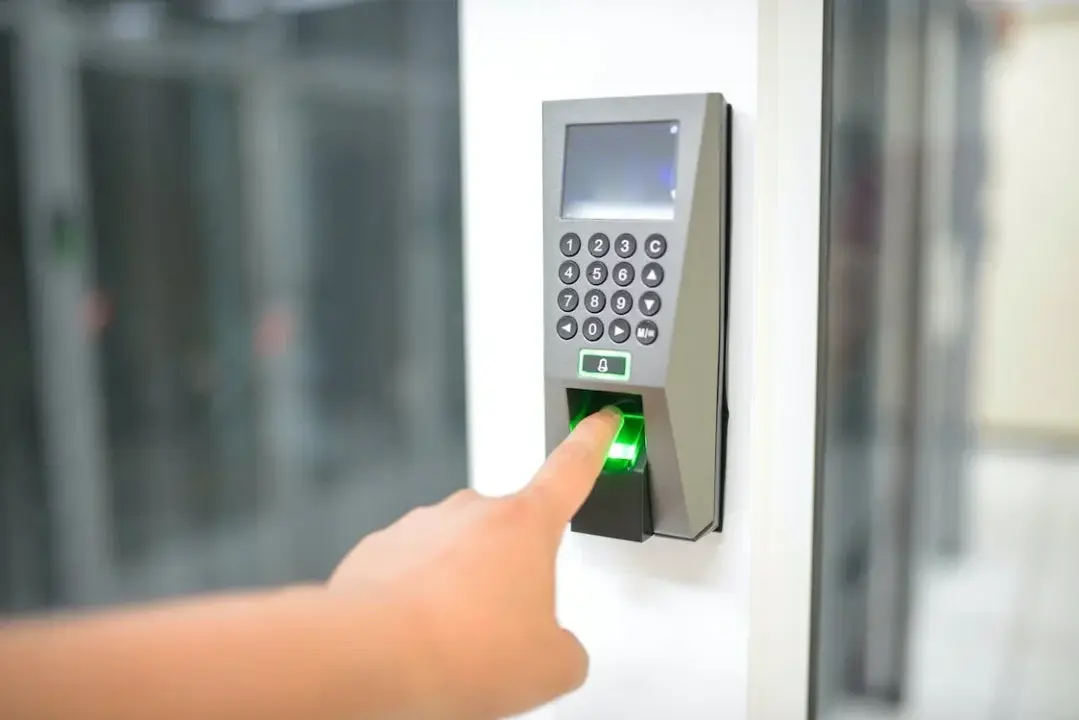

In today’s fast-paced business environment, ensuring both security and accurate attendance tracking has become crucial. Modern organizations are increasingly turning to biometric systems — using fingerprints, facial recognition, iris scans, or other physiological traits — to strengthen security protocols and eliminate errors in workforce management. Biometrics are no longer futuristic; they have become the foundation of secure and efficient workplaces. In this article, we’ll explore how biometrics are transforming workplace security and attendance, the benefits they offer, and the best practices for implementation.
Biometrics refers to technologies that measure and analyze unique physical or behavioural characteristics to verify identity. Common biometric modalities include:
These methods differ from traditional authentication systems such as keycards, PIN codes, or passwords. Since biometric traits are unique to every individual, they are far more secure and almost impossible to duplicate or share. This uniqueness provides a strong level of non-repudiation—meaning employees cannot deny their presence once recorded. As a result, biometric attendance systems drastically reduce issues such as identity fraud, buddy punching (when someone clocks in for another), or misuse of access credentials.
One of the most common applications of biometric technology is employee attendance management. Biometric attendance systems automatically record when employees check in or out of the workplace, eliminating the need for manual registers or paper-based systems. By capturing fingerprints or facial data, the system ensures accurate, real-time attendance tracking. This helps organizations maintain punctuality, improve productivity, and simplify payroll calculations.
Biometric access control systems are used to secure specific areas of a building such as server rooms, research labs, or executive offices. Only authorized personnel whose biometric templates are stored in the system can gain access. This significantly reduces the risk of unauthorized entry and helps protect sensitive information and assets. In high-security environments, multi-modal biometric systems — combining facial and fingerprint recognition — are used for added protection.
Beyond simple attendance, biometric systems enable HR departments to analyze detailed data about employee presence and working hours. Reports on tardiness, absenteeism, overtime, or early departures can be generated automatically. This data-driven insight helps managers plan shifts, identify performance patterns, and make fair payroll adjustments.
Organizations that integrate biometric solutions experience measurable improvements in efficiency, transparency, and security.
| Benefit | Description |
|---|---|
| Eliminates Time Theft and Buddy Punching | Since each employee must verify their own identity, it becomes impossible for one person to mark attendance for another. |
| High Accuracy and Reliability | Biometric systems eliminate errors caused by lost ID cards or forgotten PINs. Physical traits are unique and consistent over time, ensuring accurate records. |
| Enhanced Security | Biometric access control protects restricted areas from unauthorized entry. Even if a card or password is stolen, access cannot be granted without matching biometric data. |
| Streamlined Payroll and HR Processes | Integration with payroll systems allows automatic calculation of working hours, overtime, and leaves, saving HR departments valuable time. |
| Improved Employee Accountability | When attendance is tracked accurately, employees become more punctual and responsible. It fosters a culture of transparency and trust. |
| Operational Efficiency and Cost Savings | Biometric systems reduce administrative tasks, prevent fraud, and lower costs related to manual record-keeping or card replacements. Over time, they deliver strong ROI. |
Despite their advantages, implementing biometric systems requires thoughtful planning. Here are some key challenges businesses should consider:
To get the most out of a biometric system, companies should follow a structured approach:
| Traditional Systems | Biometric Systems |
|---|---|
| Depend on cards, passwords, or PINs | Use unique traits like fingerprints, face, or iris |
| Vulnerable to theft, loss, or misuse | Extremely difficult to forge or duplicate |
| Manual entry, errors, and delayed payroll | Automated, accurate, and integrated with HR tools |
| Limited security for restricted areas | Strong authentication and multi-level access control |
Switching from manual or card-based attendance to biometrics not only enhances security but also improves organizational efficiency. It reduces fraud, increases punctuality, and ensures that every recorded entry is genuine.
As Pakistan’s business landscape evolves, organizations across various sectors — from corporate offices to educational institutions and factories — are adopting biometric attendance machines and access control systems. These solutions are now more affordable, easier to integrate, and designed for local environmental conditions such as high temperatures and dust.
Local technology providers and distributors play a key role in making these systems accessible. Businesses now have the option to choose from a wide range of reliable products, including fingerprint attendance machines, facial recognition systems, and cloud-based workforce tracking software. Whether it’s small startups or large enterprises, biometric technology has become a vital tool for maintaining discipline and ensuring workplace safety.
As workplace environments continue to evolve, biometric technology is becoming more than a trend — it’s an essential component of modern workforce management. By investing in reliable biometric systems, businesses can secure their premises, ensure attendance accuracy, and create a fair, transparent, and efficient working environment for everyone.
At AlphaDigital.pk, we believe in empowering organizations with smart technology that improves both security and productivity. Biometric systems are the future of workplace management — and that future has already begun.